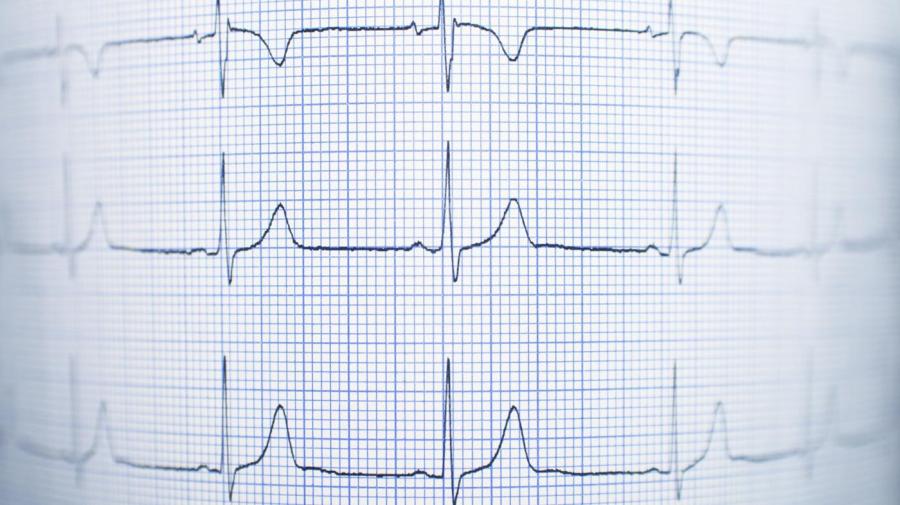How Do You Read Telemetry Strips?

According to Practical Clinical Skills, reading a telemetry strip, or an electrocardiogram, begins with understanding the events that a normal electrocardiogram tracing represents. Once a person has a good grasp of this concept, it is possible to move on to interpreting the heart rate and rhythm and detecting abnormalities. However, it takes time and a good deal of practice to perfect the technique.
Practical Clinical Skills explains that a normal EKG tracing represents the waveforms created by the electrical activity of the heart muscle as it beats one time. It begins with the “P” wave, which is normally deflected upward and represents atrial depolarization, the electrical event that initiates the beat. The “P” wave is followed by the QRS complex, which represents the depolarization and contraction of the left ventricle or the actual pumping action of the heart. It begins with the “Q” wave, which deflects downward and is followed by a large upward deflection, the “R” wave. The “R” wave is then followed by a larger downward deflection, the “S” wave and a small upward-deflected “T” wave, which represents repolarization or the heart’s return to a resting state.
In some tracings, a last wave, known as the “U” wave, may be visible. This represents the recovery of specialized fibers within the heart muscle, known as the Purkinje fibers, which are responsible for synchronizing the heartbeat. The intervals between the various waveforms, their shape and their size are important indicators of how the heart muscle is functioning and a person’s overall health, according to Practical Clinical Skills.





